History/driving impressions originally published in AutoWeek October 19, 1992

Not for its tough guy mien was this heavyweight contender dubbed Boxer. It was for the horizontally opposed, flat 12-cylinder engine mounted beneath that rear deck, the double lumps for clearance of the upper engine bits. The official name was Ferrari BB512I, B for Berlinetta – i.e., coupe – and B for Boxer, for the engine. The five represents engine displacement in liters (actually 4942 mL) and the 12, of course, the number of cylinders. The i is for inezione, to differentiate those cars built from mid-1981 through 1984 with Bosch K-Jetronic fuel injection instead of Weber carburetors. But Boxer fits it fine.
It bulges like a bruiser, brawny and tough. The model made its first professional appearance as a “styling exercise” on the Pininfarina stand at the 1971 Turin Auto Show, going into production in 1973 as the 365GT4/BB. Shown at the Paris show, it was Ferrari’s first mid-engined V12 for the road. It was hardly typical. Instead of the usual engine-ahead-of-the-transaxle arrangement (or transverse engine a la Dino), the Boxer had its engine placed atop the transmission, certainly a more compact layout but necessitating the horizontal alignment of the cylinders. It was a new engine, though similar in format to the 3.0-liter Formula One V12 and sharing pistons, connecting rods and 4.4 liter displacement with the 365GTB/4 Daytona. Tooth belts drove twin overhead cams opening two valves per cylinder. The engine was not, however, a true “Boxer.” Its opposing pistons shared a crank throw and therefore had one piston at top dead center while the other was it bottom dead center. The 365 GT 4/BB had a steel-tube chassis with a mostly steel body.
Timing of the first Boxer was bad, however, stepping into a one-two punch of increasing U.S. emissions requirements and a worldwide fuel crunch, and the Boxer retired to its corner in mid-1976. Only 387 had been made.
It was only a breather. Ferrari came back the same year with the BB512. The engine bored and stroked to 5.0 L made four horsepower less, down to 340 hp, but torque was up 20 lb. ft., to 331 lb. ft. at 4300 rpm. A twin-plate clutch was fitted a final-drive ratio lowered. With larger rear tires and improved cornering, dry sump lubrication prevented oil starvation. A new lower nose and chin spoiler fought front end lift, and NACA scoops were added to the flanks for rear brake cooling.
Not that the fight with regulations was over. The Boxer, for all the sophistication, was not legal for U.S. sale, at least not without the ministrations of aftermarket shops. But 1981 fuel injection cleaned up the dirty work of that beautiful quartet of twin-choke Webers.
Unfortunately, injection was not sufficient to make the Boxer U.S. legal. That was still a fight for individual importers, fought by every BBB512i in this country. We drove the 1983 Boxer owned by Richard Schoenfield at Berlinetta Motorcars in Huntington Station, New York.
Federalization didn’t mean emasculation. The Boxer is still a pugilist down to its automotive Everlasts. Yet it is surprisingly urbane, with easy access through large doors, lots of leg and elbow room in the leather-lined interior, and easy headroom for anyone with lower hair than Don King. The wheel is leather and grippy, and the dash dominated by a 320 km/h speedometer and 10,000-rpm tach in a rectangular pod. Lesser gauges reside between and to either side. The gated (of course) shifter, a black-plastic sphere on a thin, chromed rod (naturally), actually resides on the small annex to the console. Rear vision is surprisingly good for a supercar, and to the front, wedges of the fenders are visible, higher on the outside. Shades of a certain Japanese supercar…
The fuel-injected Boxer starts easily but not without drama. The cams may be belt driven to reduce noise, but whirling mechanical multitudes celebrate their own existence. A bit of clutch slipping – the engine doesn’t like very low revs—and the Boxer is underway. The 512 is a Ferrari, so second-gear synchros don’t come to work until the transmission is warm, and even then, shifts require deliberate motions. The ride on city streets is firm yet this brawler won’t cost you your fillings. Lesser car stand taller and in traffic a sports/ute would be a better choice. Especially when the coolant hoses to the front-mounted radiator warm the cabin.
But this fighter’s ring is the open road. Blocked by the steering wheel, drivers of average height can’t see the tach’s needle, only the root as it swings toward the 6500-7000 RPM redline. How quick? Test show times around five seconds for 0-60 mph, the quarter-mile in the mid–13s at 100 mph, a top speed of more than 175 mph. No wonder the speedometer is virtually unreadable under 200 km/h. One isn’t supposed to drive that slow. Life begins at 120 mph.
Mel Nichols reported on the Boxer in its prime for AW, noting in 1982 the car’s facility for being “taken by the scruff of the neck and moved about,” capable of “a big, meaty sort of slide.” Not delicate, this Boxer.
But then, it was, and still is, a brawler, a car to put up its dukes with the very finest. Indeed, Nichols called it “the very best made today.” In ‘84 a new boy arrived on Ferrari’s card, one named Testarossa, and the 512 and 512i Boxer retired after a 1,936-unit run. But not as a contender. It was a champion.
When this was initially published, the picture was cropped, taking off the artsy to third of the photo. Space is always at a premium on paper. Now you get to see my vision for the “art.”
The value of the Boxer is from my can’t-afford-to-buy-it-anyway reckoning a bargain among supercars. According to classics.com, which tracks auctions, sale prices for the BB512i range from $182,000 (August 2022) to $335,000 (April 2023), with an outlier of $462,000 (March 2022). Of course, condition and other factors matter in the auction results. (You need to have a free account to see all results).
There’s an interesting discussion on Ferrari-chat.com about the relative prices between the three different Boxers. The general consensus seems to be that all three generations are due for a rise as they go from “used car” status(!) to “collectible.” Well, then, get yours now.

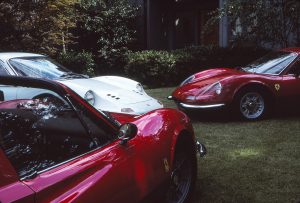
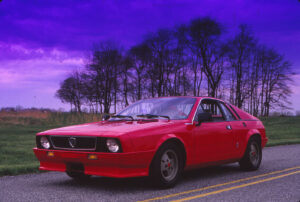
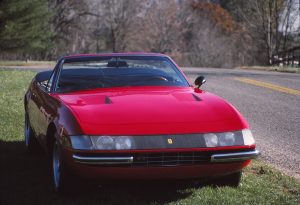
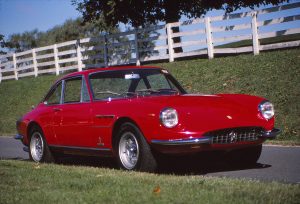
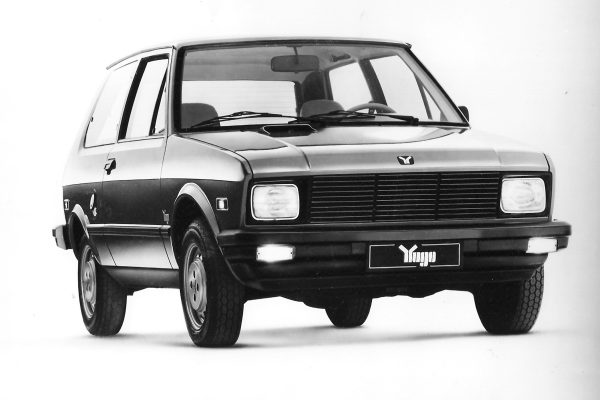
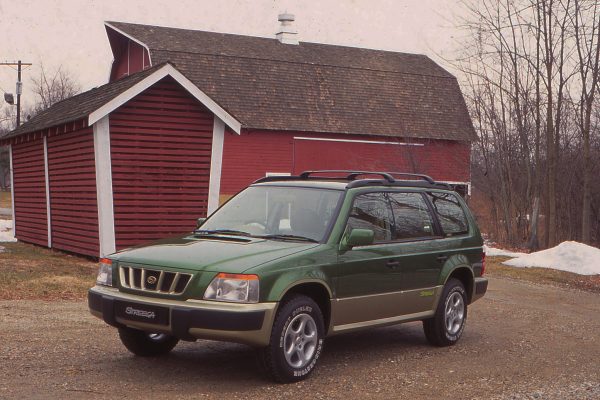
What Do You Think?
You must be logged in to post a comment.